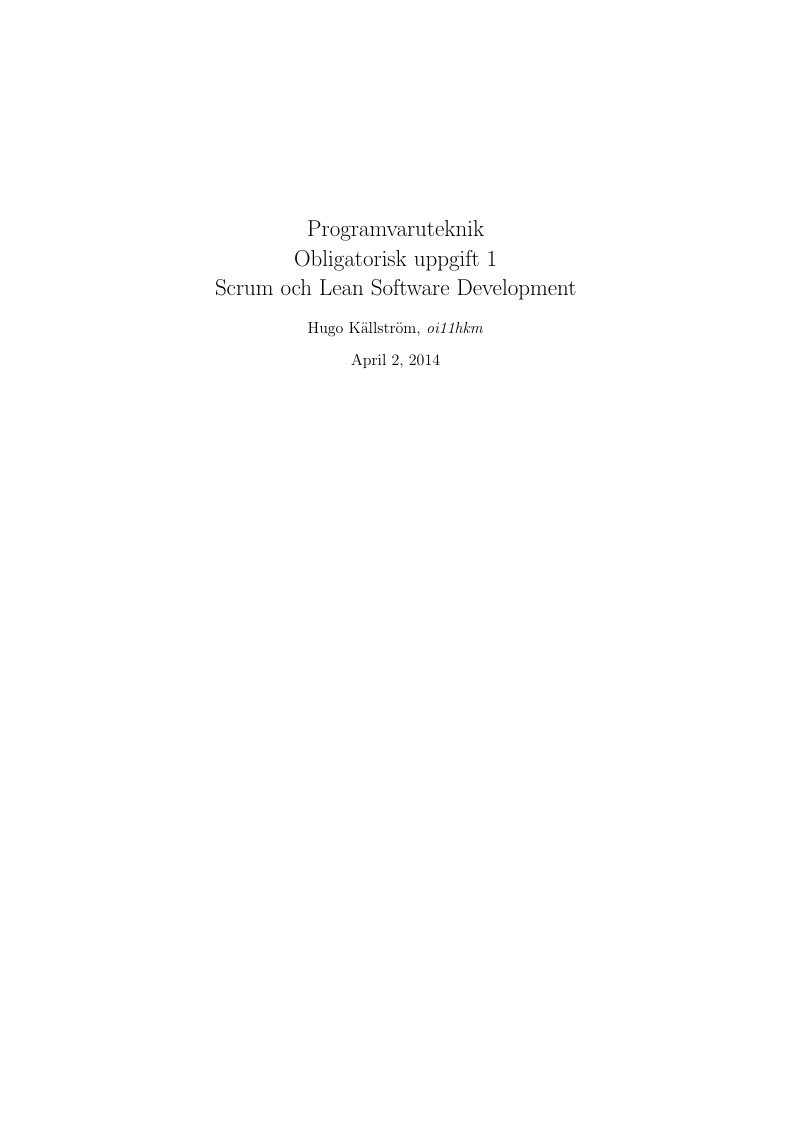overleaf template galleryCommunity articles — Recent
Papers, presentations, reports and more, written in LaTeX and published by our community.
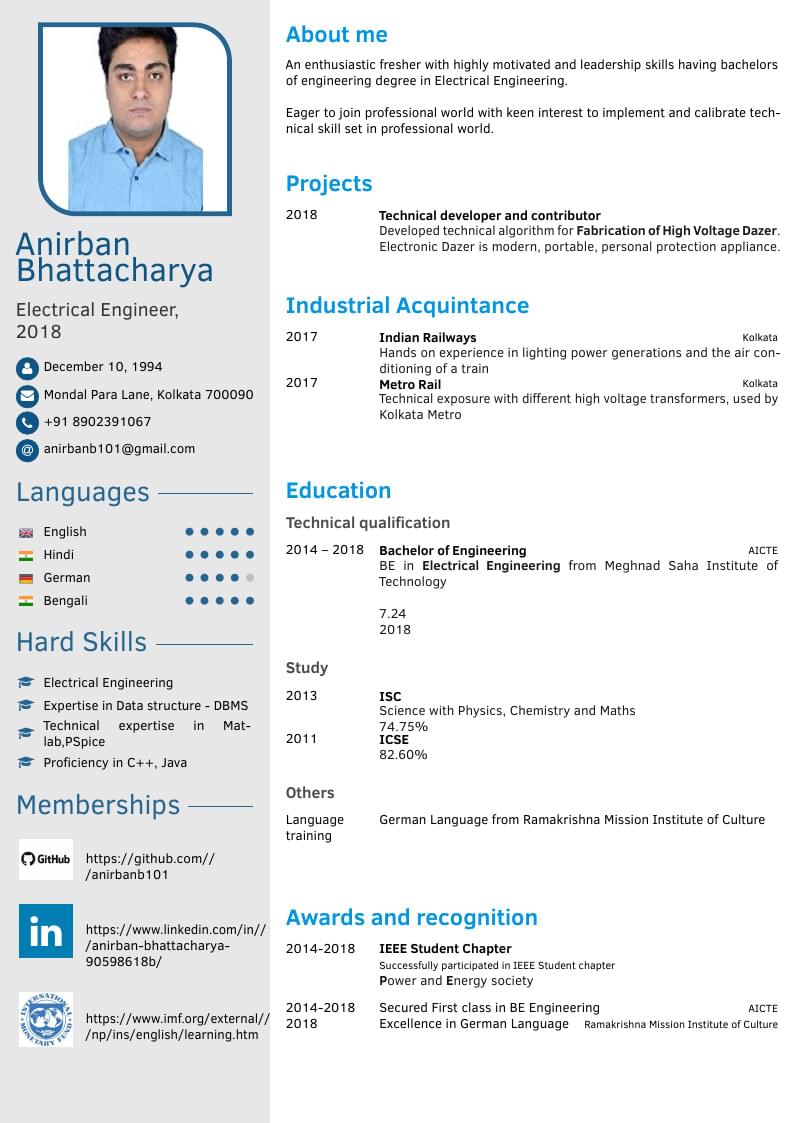
Anirban Bhattacharya's résumé as a Electrical Engineer Fresher. Created using the Forty Seconds CV template.
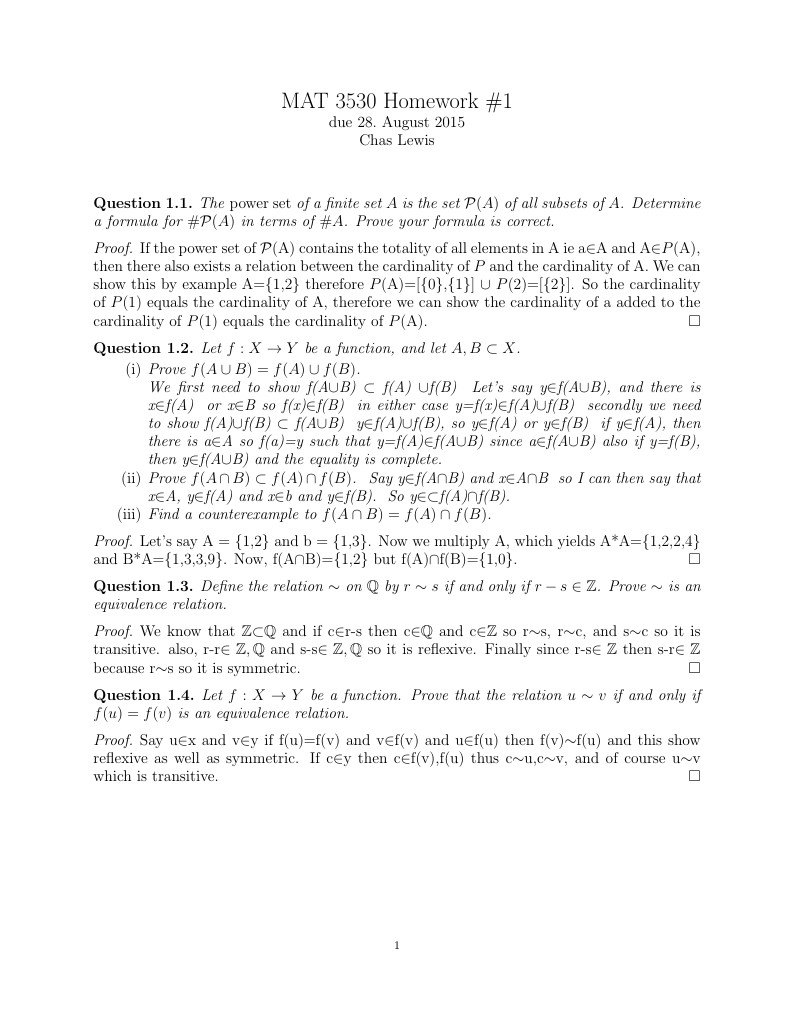
First abstract algebra home work.
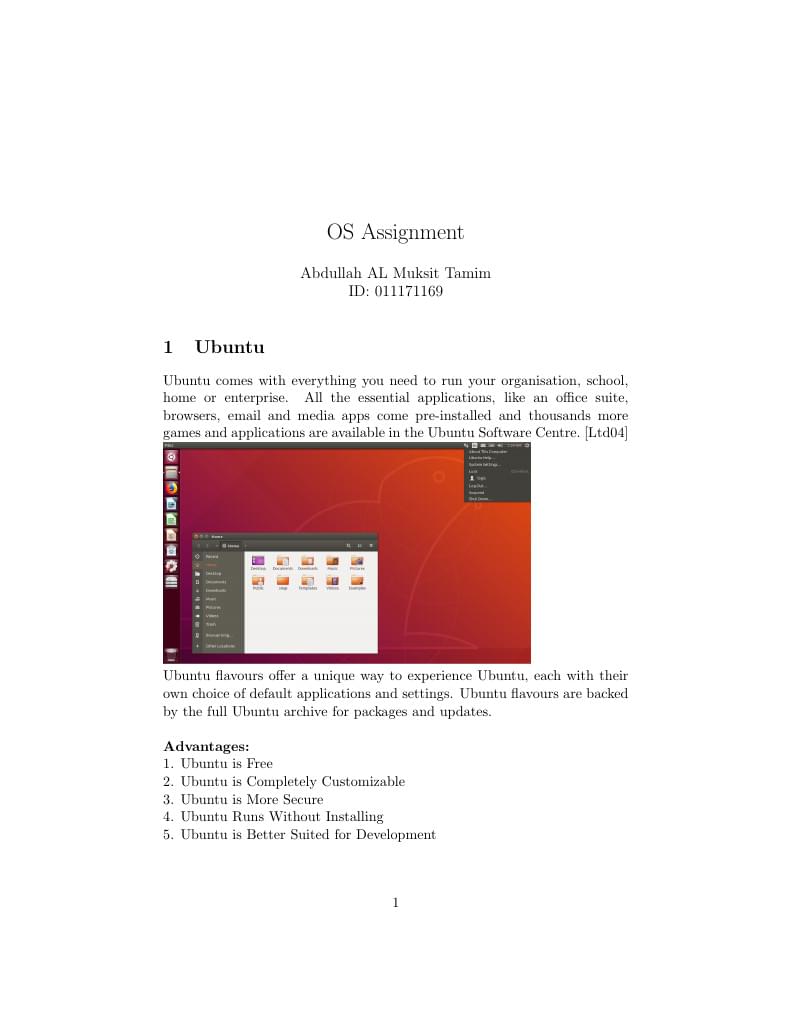
Linux Distribution
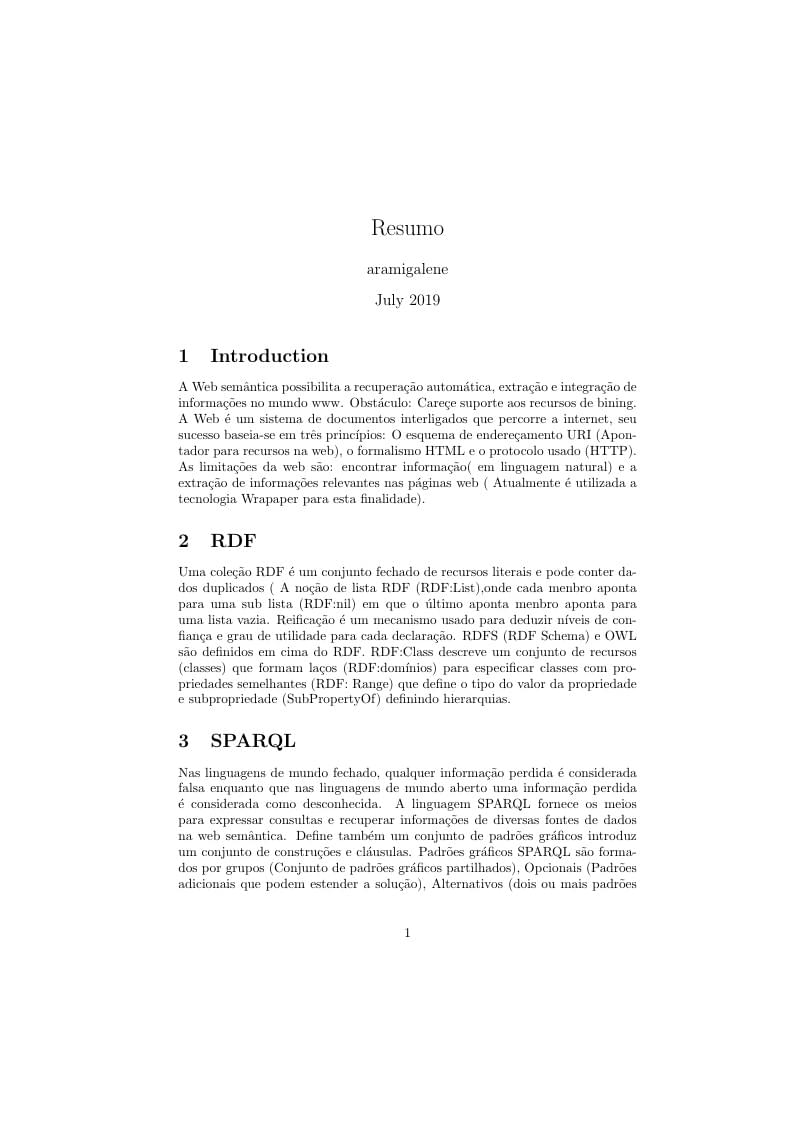
Resumo do capítulo 6 do livro Semantic Web Services, Deitel F. et al, Springer, London - New York, 2011.
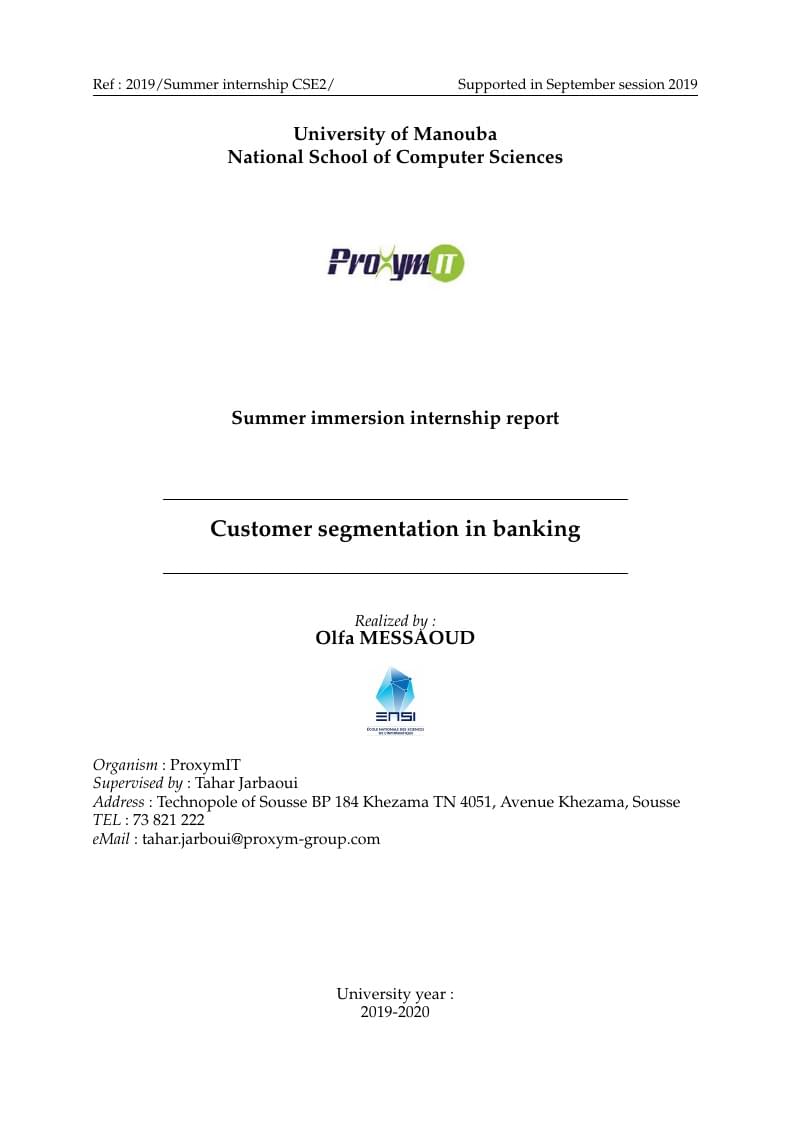
A report of summer internship in ProxymIT on customer segmentation in banking
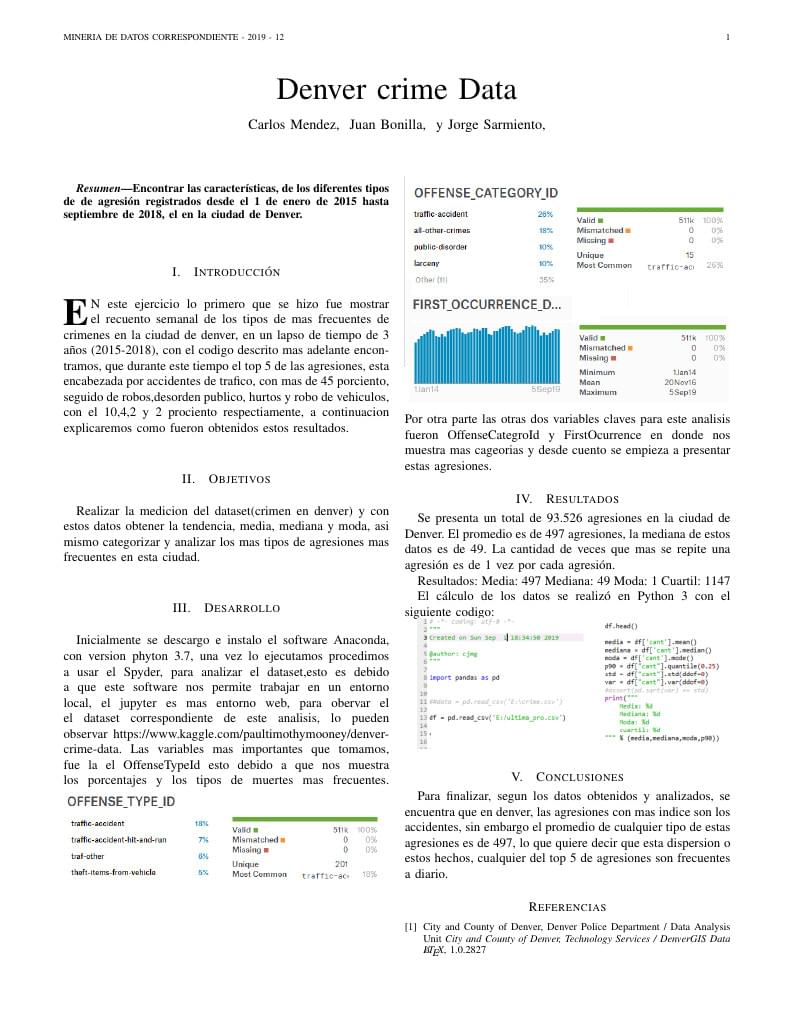
Encontrar las características, de los diferentes tipos de de agresión registrados desde el 1 de enero de 2015 hasta septiembre de 2018, el en la ciudad de Denver.
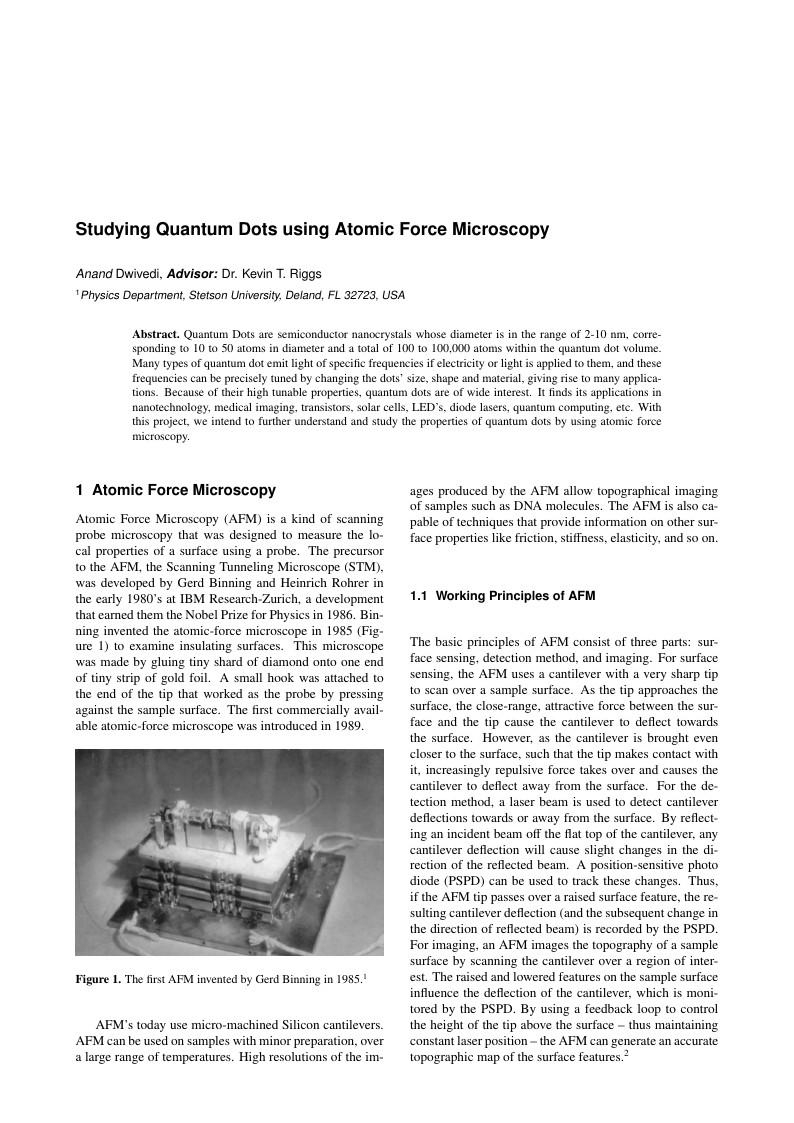
Quantum Dots are semiconductor nanocrystals whose diameter is in the range of 2-10 nm, corre- sponding to 10 to 50 atoms in diameter and a total of 100 to 100,000 atoms within the quantum dot volume. Many types of quantum dot emit light of specific frequencies if electricity or light is applied to them, and these frequencies can be precisely tuned by changing the dots’ size, shape and material, giving rise to many applica- tions. Because of their high tunable properties, quantum dots are of wide interest. It finds its applications in nanotechnology, medical imaging, transistors, solar cells, LED’s, diode lasers, quantum computing, etc. With this project, we intend to further understand and study the properties of quantum dots by using atomic force microscopy.
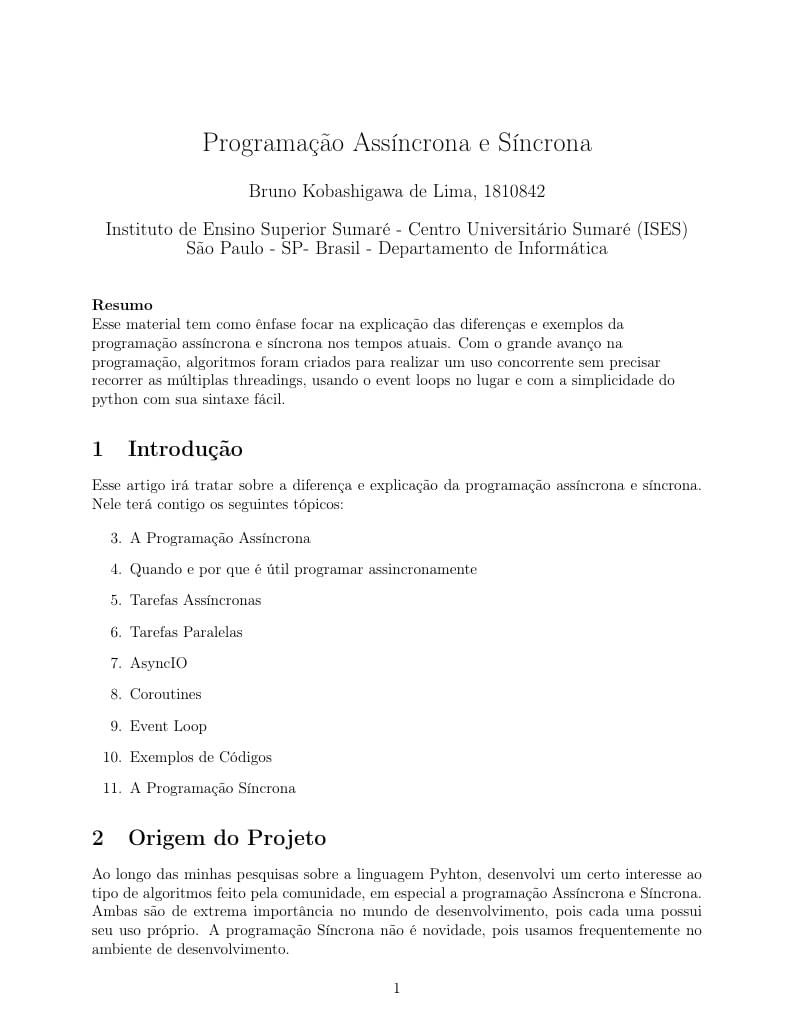
Esse material tem como ênfase focar na explicação das diferenças e exemplos da programação assíncrona e síncrona nos tempos atuais. Com o grande avanço na programação, algoritmos foram criados para realizar um uso concorrente sem precisar recorrer as múltiplas threadings, usando o event loops no lugar e com a simplicidade do python com sua sintaxe fácil.
\begin
Discover why over 20 million people worldwide trust Overleaf with their work.
